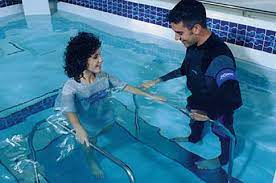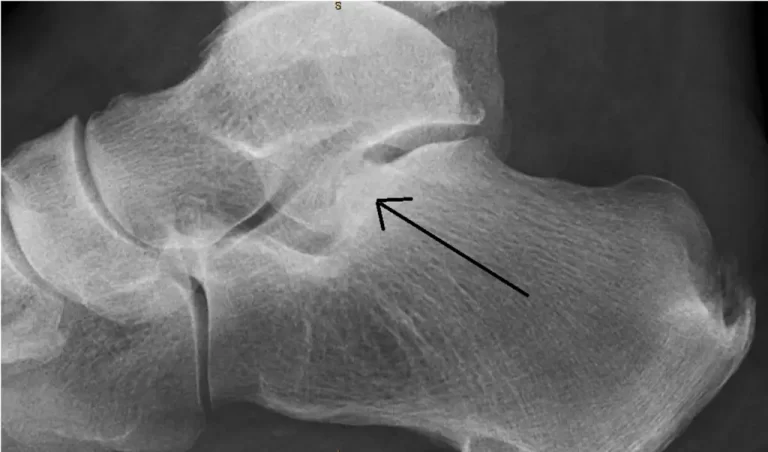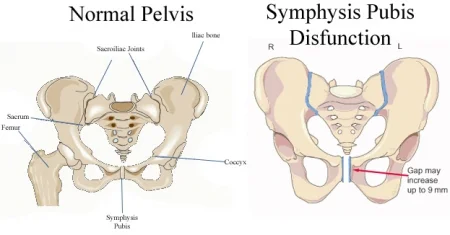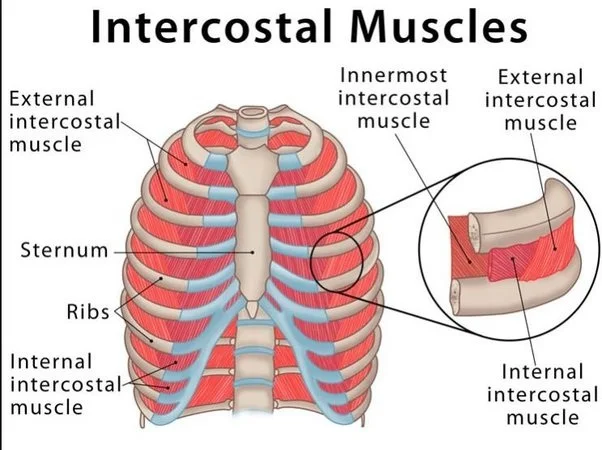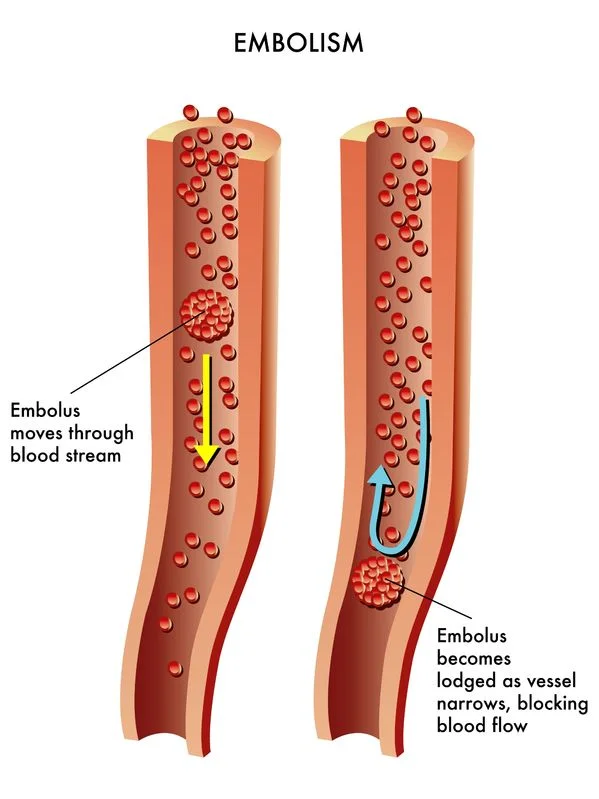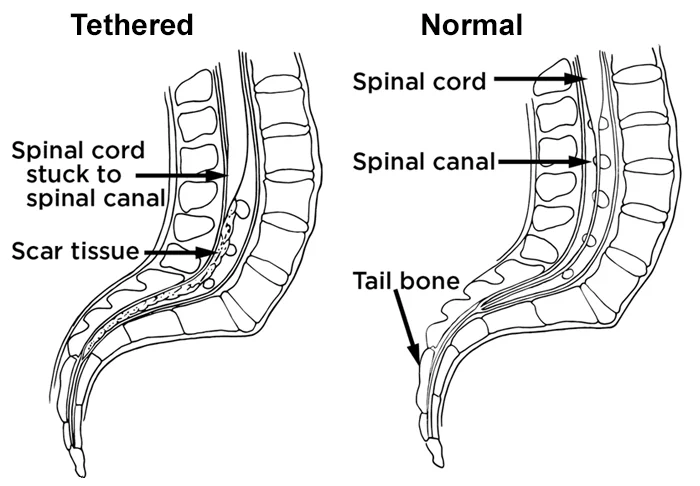Aquatic Therapy
Definition/Description Aquatic therapy, also known as water therapy or hydrotherapy, is a specialized form of physical therapy that takes place in a pool or other water-based environment. It utilizes the unique properties of water to facilitate rehabilitation, relieve pain, and promote overall well-being. Water provides a buoyant and supportive medium that reduces the impact on…

